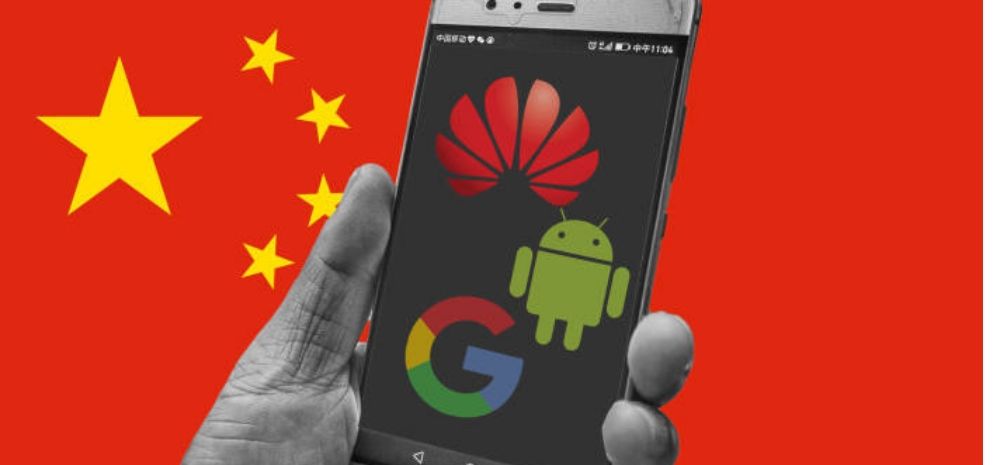Huawei Banned From Using Micro SD Cards In Laptops, Mobile; But Huawei CEO Is Confident Of A Comeback

Apparently it is a big deal when you aren’t at good terms with the US, especially under the watch of President Trump. The Chinese mobile phone giant and one of the world leaders in smartphone manufacturing, Huawei has been added to the ‘entity list’ by the US Commerce Department on 24th May for 90 days and things haven’t been going any better for the company since then.
The entity list is like a blacklist, which means that US companies are banned from selling their products to Huawei, which is creating some serious consequences for the Chinese giant.
Contents
Google and Microsoft Pull Out Their Services from Huawei:
Many US companies, including Google and Microsoft have revoked their services from the company. Google announced that it will cut off its Android license from Huawei, including Play Store or other Google-run services. Thankfully, existing Huawei phones will still have Android OS and will receive security updates. Huawei Mate 20 Pro has been delisted from the Android Q beta program, leading to major security updates lying on hold.
Microsoft is another in line for cutting off its ties with Huawei. It has taken down Huawei laptops from its stores. The service team of Microsoft’s headquarters in Shenzhen has been revoked and Microsoft is no longer accepting orders from Huawei. Huawei MateBook has come up with new and innovative market designs but it runs on Windows 10, which now is a problem.
Bad Timing: Huawei Banned from Using SD Cards:
Huawei has been kicked out from the SD Association. The SD Association looks after the use of SD card standards. This means that future Huawei smartphones won’t be able to use microSD cards. Notably, SD and microSD cards will continue to work on existing Huawei mobiles and laptops.
It has been reported though that Huawei has been developing its own storage expansion system, which is known as NM Cards. Its latest phones, the P30 series and the Mate 20 series support these cards but those are manufactured by Toshiba and Toshiba has stopped shipments to Huawei. Also, NM cards aren’t easily available and are often more expensive.
Huawei has also been restriced temporarily from the Wi-Fi Alliance, much like SD Association, except the former takes care of all the Wi-Fi standards that come with a smartphone.
How Bad is the Scenario for Huawei?
Huawei has been cut off from many companies, some American, while some not. After the current three-month temporary license expires, Huawei will need U.S. government’s approval to acquire supplies from the states.
- The chip company ARM Holdings have suspended business with Huawei. Huawei phones have Kirin chipsets that use ARM cores for CPU and GPU and its designs are used in Huawei’s 5G chip.
- Intel, Qualcomm, Xilinx and Broadcom have also halted shipments to Huawei. This hurts not just the company’s smartphone business, but its PC and server operations as well.
- The Brit mobile network operator EE Ltd has abandoned to sell Huawie 5G phones.
- Vodafone has paused the launch of Huawei Mate 20 X (5G).
- Japanese carriers KDDI, NTT Docomo and SoftBank have delayed the launch of new Huawei phones.
- Panasonic has suspended trade with Huawei.
How is Huawei Handling the Disaster?
For starters, Huawei’s founder and CEO Ren Zhengfei has surprisingly been found quite calm when interviewed on this pertaining US and China Trade War. He says that growth has sure slowed down for the Chinese giant but the revenue grew 39% over the same period last year. This rate decreased to 25% in April and may continue decreasing.
It has also been working on reducing its dependence on US hardware and software thus working on an OS in-house. Huawei has a stock that will last it about a year’s worth of certain components. It is estimated that its smartphone shipments may decline from 4% to 24% in 2019.
If the ban remains longer, Huawei might lose market shares outside China to its rivals. The company might sure find some local alternatives to replace its loss but the effect won’t be the same.

Comments are closed, but trackbacks and pingbacks are open.